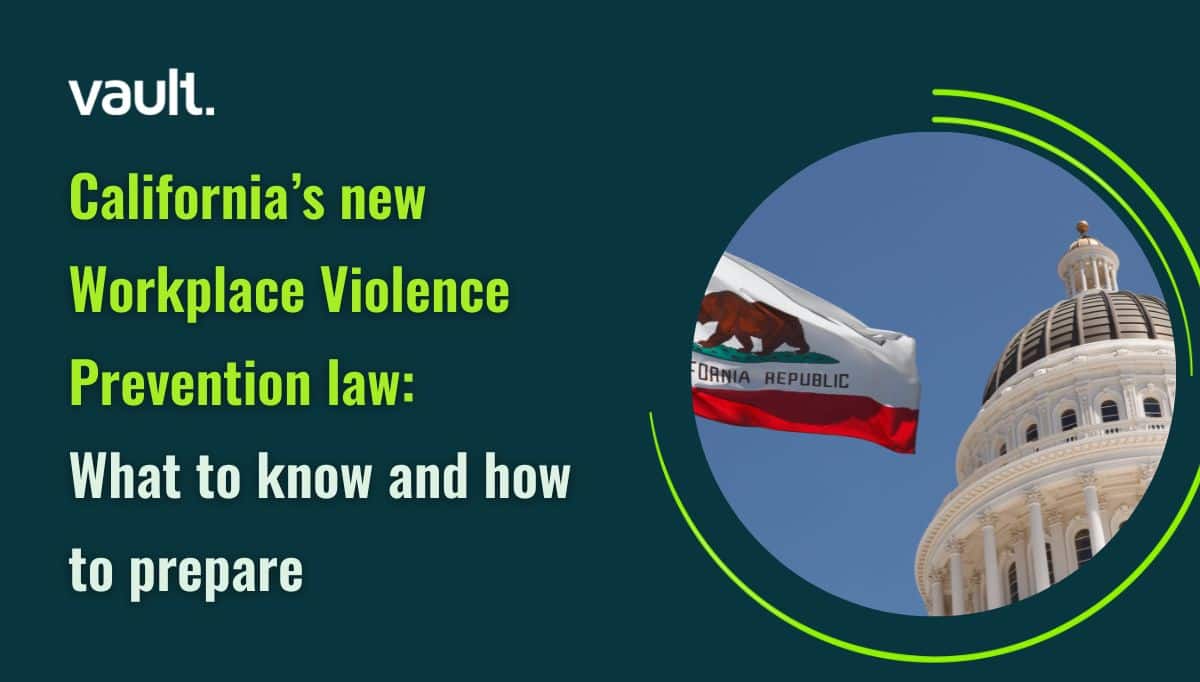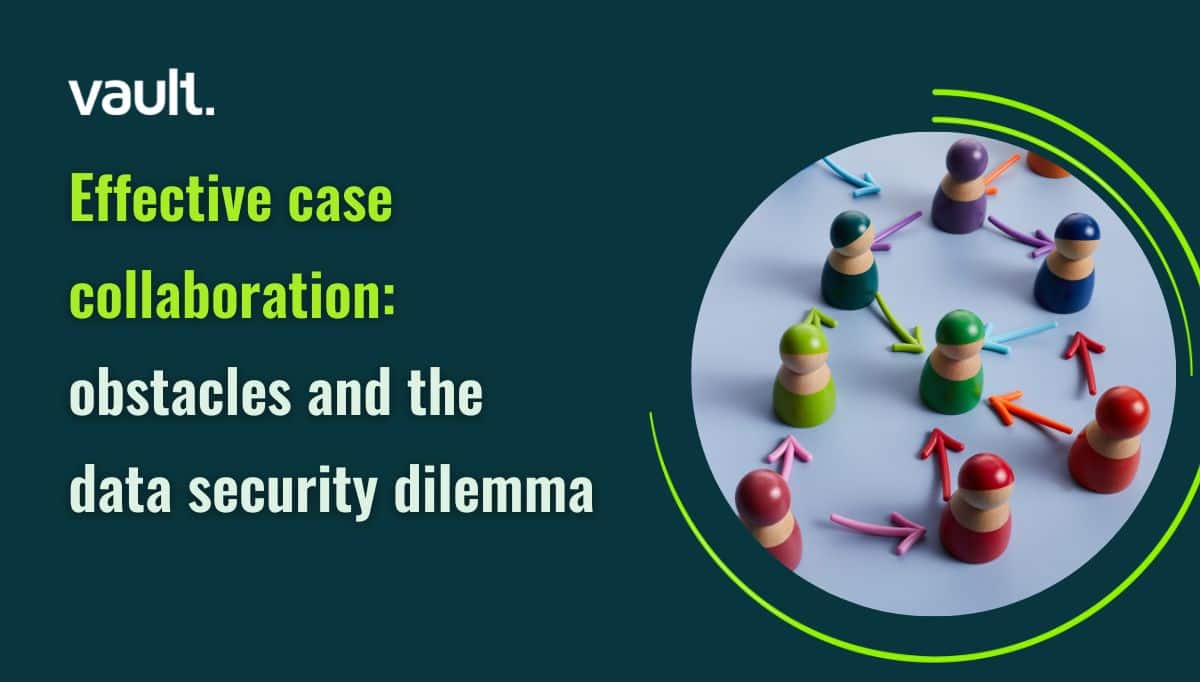
Ask yourself a question: Does your workplace culture allow or encourage you to Speak Up? To challenge decisions, to call people out on their proposals?
The answer might be a resounding ‘yes’ – you feel like you work for an organization that values your opinion and encourages healthy debate. It sounds like the kind of organization everyone wants to work for.
But let’s just reframe the question with a slightly different context. Imagine someone at work has just done something terrible to you, something that makes you feel humiliated, or insulted, or angry. Or you’ve witnessed an incident in your workplace which makes someone else feel like this. Is your answer still the same?
It might be. If there’s a definitive incident, you might feel like your workplace culture would support you if you reported it. But what if there’s no ‘big bang’, no one definitive incident, what if you’ve been increasingly uncomfortable with a situation or a relationship over time? Would your answer still be the same then?
It’s often the case that there is no singular event or incident, rather something negative has built up over time and turned you into a less productive, less happy, less healthy human being. This might be repeated insulting or humiliating behavior towards you, a repeated joke that crosses the line of being reasonable. You might be witness to something unethical, even illegal, that makes you feel uncomfortable working with certain people, or even for the organization.
Let’s say you muster the courage to say something, to Speak Up – you’re not challenging an executive decision or a company strategy, you’re challenging the behavior of a specific person. That’s a big ask, so you’d hope the process at least supports you.
Do you have a Speak Up culture?
It’s likely that the process will require you to send an email to a generic mailbox, which will return an automated message with a reference and a telephone number to call. This ‘hotline’ will allow you to make an anonymous report to a human in a call center somewhere who works for the hotline operator. It’s a legacy approach and it feels impersonal and alienating. Degrading even.
There are some companies that are trying to bring the hotline into the modern day, where you talk to a chatbot instead and answer generic questions about the incident. But this is still the same underlying modality and is still impersonal and alienating.
Can you trust a stranger in a call center, or a robot, at a moment when you’re feeling vulnerable and even afraid for your career?
Any organization that wants to nurture an environment where employees feel psychologically safe, must build foundations on internal trust. If a culture doesn’t support or encourage speaking up, call centers and bots are merely paying lip service to the solution, and people will see right through that.
In recent years, those tasked with building that environment have witnessed great changes within organizational culture. ‘HR’ is no longer the ‘hiring-and-retiring’ department and its remit has extended to employee relations, diversity, inclusion, ethics, and beyond, as companies that once shouted; “our people make the difference,” realize that they have to work to attract and keep those people because it’s people, especially the ones in the trenches, that really do care about workplace culture.
You can buy tools to help you build a healthy culture, but you can’t buy culture itself. If you don’t support the creation of that culture organically, there aren’t any tools that will save it.
You can’t buy culture but you can build it
So, if you work in a capacity where you are managing people or nurturing culture, here are three critical things you can do to build trust and create an environment that encourages people to Speak Up:
- Stop outsourcing
It’s a common mistake that people would prefer to talk to a third party. They need help and intervention, and that can’t come from an external person paid to take calls on your company’s behalf. To build trust, people need to know that their case is being managed by someone who knows the company and possibly the parties involved.
Do however use third-party, or non-employer branded reporting tools. This gives people reassurance that your organization takes reporting seriously enough to have invested in a specialist tool and removes concerns over an in-house system that could be open to abuse.
- Make the process human
The HR sector has worked hard over the last years to humanize a function that was once seen as very people-unfriendly. Do not expect people to talk to a call center representative or a bot in a vulnerable moment. This makes people feel the same frustrations and alienation as reporting a fault with the company laptop or submitting a request about payroll. It reduces your interaction to a ‘trouble ticket’. People want to know who inside the company is going to help them. They want to have that personal connection. And as management, this is what’s good for your company’s culture too.
Do use technology to make the process as user-friendly and effortless as possible. Humanizing doesn’t mean avoiding tech, in fact, quite the opposite.
- Let people control the process
One of the biggest challenges when moving ahead with reporting an incident is that once you’ve picked up the phone or messaged the bot, or emailed HR, it’s ‘out there’ and the process has started. Someone might lose their nerve or might have reacted in the heat of the moment, or could be reporting something that is fairly innocuous at the time but is the straw that broke the camel’s back.
If you let people control the flow of evidence they feel more confident in their actions. Use a system that lets people build up their cases over time, and combine all those little things before submitting, which will help them and HR see the scope of the problem in one place. Then only when they are prepared and ready do they begin the process and get HR involved.
Do you use a system that encourages people to compile evidence about their grievances at the time and over time? This can save you hundreds of hours in investigation time and resources when it comes to looking into a claim and also puts the entire case into perspective before and after submission, making a better experience for all parties involved.



